Verbs in English Grammar
In English grammar, a verb is a word that expresses an action, occurrence, or state of being. Verbs are the driving force of a sentence. They bring meaning, movement, and structure to our thoughts and communication. Understanding how verbs work and how to use them correctly is key to becoming a more fluent and confident speaker and writer. That’s why mastering verbs is a foundational skill for students from elementary through middle school.
In this lesson, you’ll learn:
• What is a verb
• The different types and forms of verbs
• How to use verbs correctly in sentences
• The main verb tenses and when to use them
What is a Verb?
A verb is a word that expresses what the subject of a sentence is doing, feeling, or experiencing. Verbs can indicate physical or mental actions, describe occurrences, or simply show a state of being.
Examples:
- Jeffrey builds a house.
- Anita is thinking about horses.
- True love exists.
Every sentence should have at least one verb. Without a verb, it becomes a sentence fragment. In some cases, a sentence can be made up of only a verb, such as in commands. Except for imperative sentences, verbs are preceded by a subject—the person or thing performing the action.
Types of Verbs
Verbs come in various types and forms. Each type serves a specific function or role in a sentence. Let’s understand them with definitions and examples.
Action Verbs
Action verbs indicate actions, either physical or mental.
Physical Action Verbs
Physical action verbs describe obvious activities, those that can be seen or heard externally.
Examples: run, eat, dance, jump, walk, play
- She runs every morning.
- Sarah walks to school every day.
- He played mobile games last night.
Mental Action Verbs
Mental action verbs refer to actions that occur internally, such as thoughts, feelings, or decisions. While not as outwardly visible as physical actions, they still represent meaningful activity within the mind.
Examples: think, believe, understand, analyze, consider
- I believe in myself.
- Joey analyzed the data carefully.
- He understands what she’s going through.
Stative Verbs
Stative verbs describe a state of being or condition, rather than an action. They often relate to thoughts, emotions, senses, or possession. These verbs typically are not used in continuous (-ing) sentences because they describe something more static or unchanging.
Examples: love, hate, want, be, know
- My family loves to go camping.
- He hates getting up early.
- She knows the answer.
⚠️ Important Note: Some words can be both dynamic and stative verbs, depending on how they are used.
Example: think
- I think you are right. (stative – expresses an opinion)
- I’m thinking about moving to Denmark. (action – mental process)
Linking Verbs
Linking verbs connect the subject of a sentence to a subject complement, which can be a noun, pronoun, or adjective that describes or renames the subject. Instead of showing action, they provide more information about the subject’s state or identity.
Common Linking Verb Examples: is, are, was, were, be, seem
- He is a doctor. (links he to the noun doctor)
- The flowers are stunning. (links flowers to the adjective stunning)
- Dianne seems friendly. (links Dianne to the adjective friendly)
Sensory Linking Verb Examples: look, feel, smell, taste, appear
- The pastries look appetizing.
- The pizza smells delicious.
- She feels tired today.
Auxiliary (Helping) Verbs
Auxiliary verbs, also known as “helping verbs,” are used alongside a main verb to change the tense, voice, or mood. They support the main verb to convey a clearer message. When using them, it is essential to conjugate them correctly.
Examples: have, do, be, am, is
- She has finished her homework. (tense)
- The letter was written by Christian. (voice)
- Did you enjoy your trip? (mood)
Modal Verbs
Modal verbs are a special type of auxiliary verb that denotes necessity, possibility, permission, or capability. Unlike other helping verbs, modal verbs cannot stand alone as the main verb.
Examples: can, may, must, should, will
- I can speak Korean fluently. (ability)
- You must study for the test. (necessity)
- It might rain tonight. (possibility)
Phrasal Verbs
Phrasal verbs are combinations of a verb with a preposition, adverb, or both, creating a phrase with a meaning different from the original verb alone.
Examples: get up, get on, get off
- I get up early every morning to go for a run.
- You should get on the bus stop near the pharmacy.
- It’s time to get off the plane.
Notice how adding different words to the verb “get” changes its meaning entirely.
Verb Categories
Verbs can also be classified based on how they function in a sentence. These classifications are: transitive, intransitive, and ditransitive verbs.
Transitive Verbs
Transitive verbs need a direct object to complete their meaning. The direct object clarifies who or what receives the action.
Sentence Structure: Subject + Verb + Object
Example: She bought a new book.
- Subject: She
- Verb: bought
- Object: book
Without the object (book), the sentence "She bought" would be incomplete.
Intransitive Verbs
Intransitive verbs do not require a direct object. The action stands alone and still makes sense. These verbs may be modified by adverbs or prepositional phrases.
Sentence Structure: Subject + Verb
Example: The bird flew.
- Subject: The bird
- Verb: flew
The sentence is complete as is. You can add detail ( i.e., flew across the sky), but a direct object is not needed.
Ditransitive Verbs
Ditransitive verbs take two objects: an indirect object representing who or what receives the benefit of the action, and a direct object indicating what is given or acted upon.
Sentence Structure: Subject + Verb + Indirect Object + Direct Object
Example: They sent her a package.
- Subject: They
- Verb: sent
- Indirect Object: her
- Direct Object: package
Verb Tenses
When using verbs in a sentence, it’s important to show when the action occurs, whether in the past, present, or future. This is done through verb tenses, which refer to the form a verb takes to express time. There are four main tense categories: simple, continuous, perfect, and perfect continuous. Each of these can appear in past, present, or future forms, making up a total of 12 standard verb tenses.
The image below shows common verbs in the past, present, and future simple tenses.
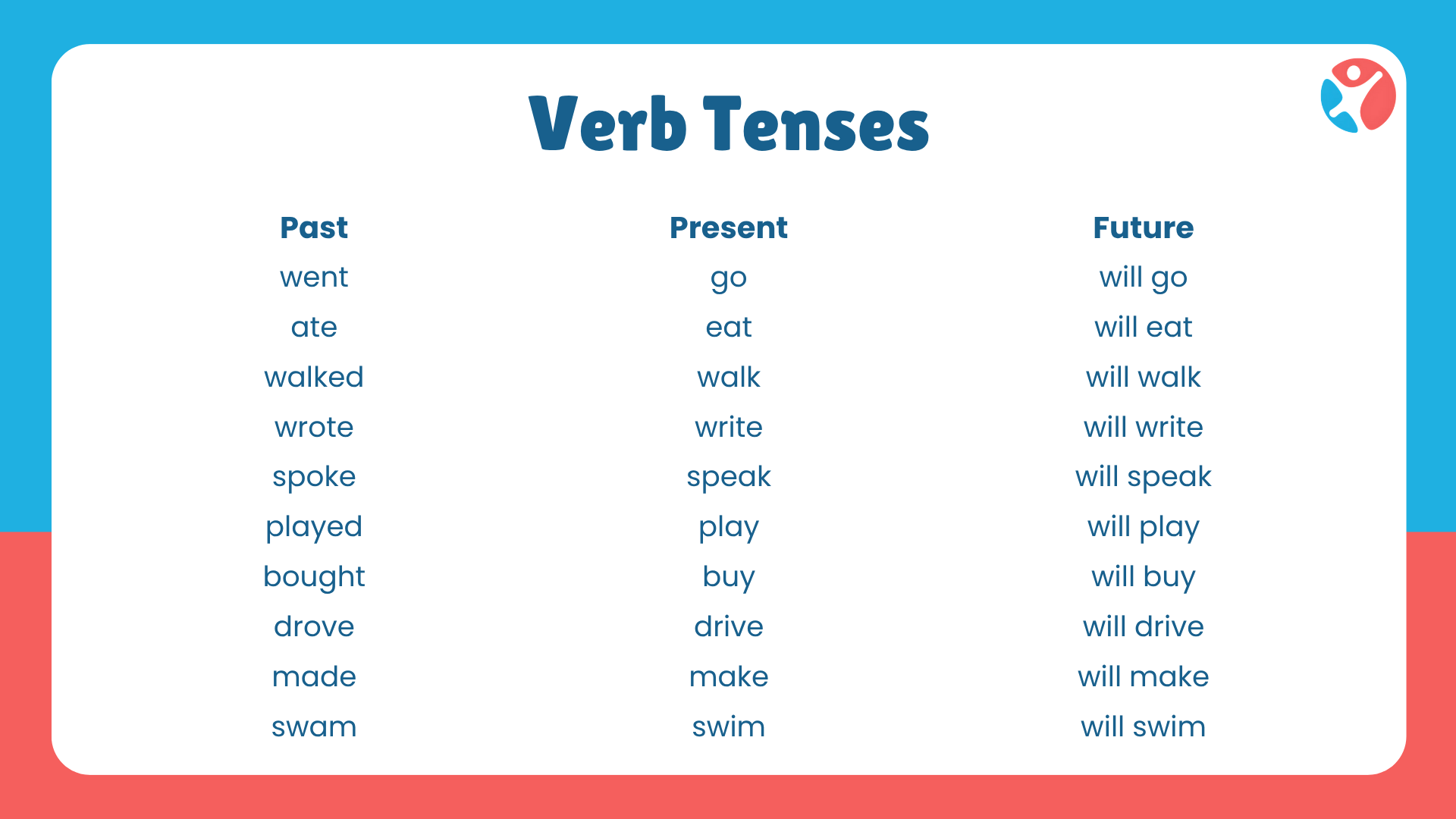





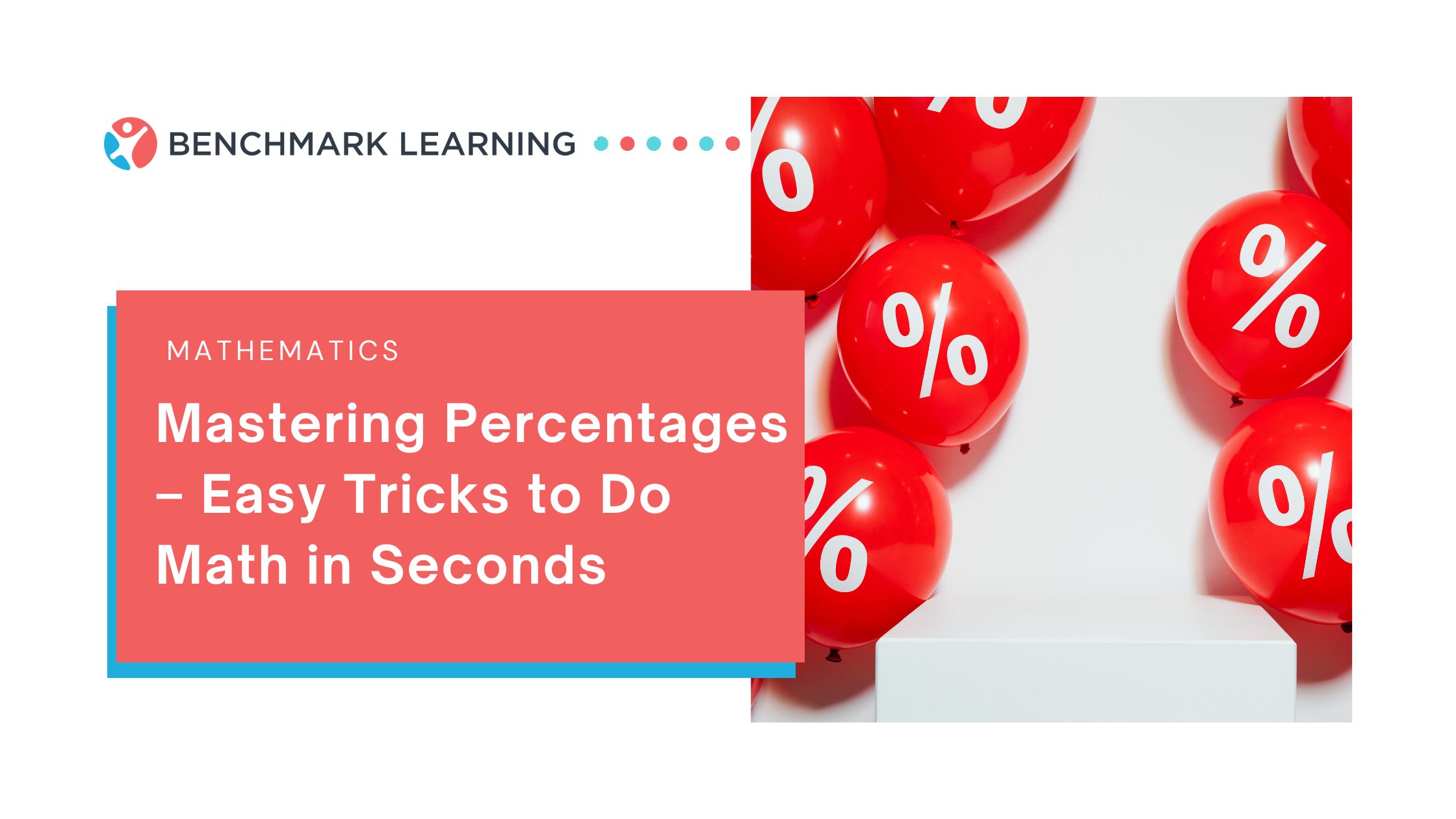
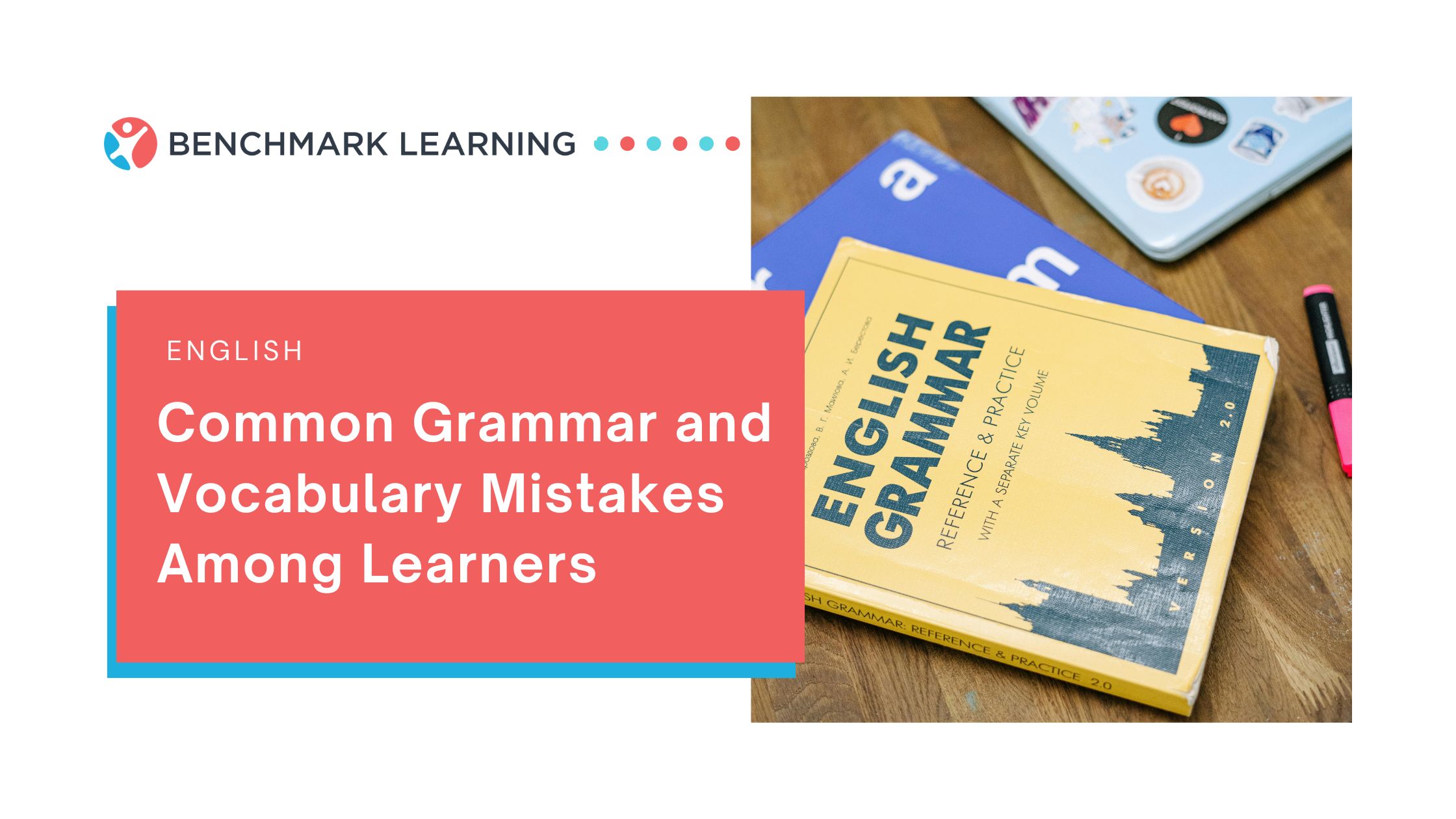



.jpg)
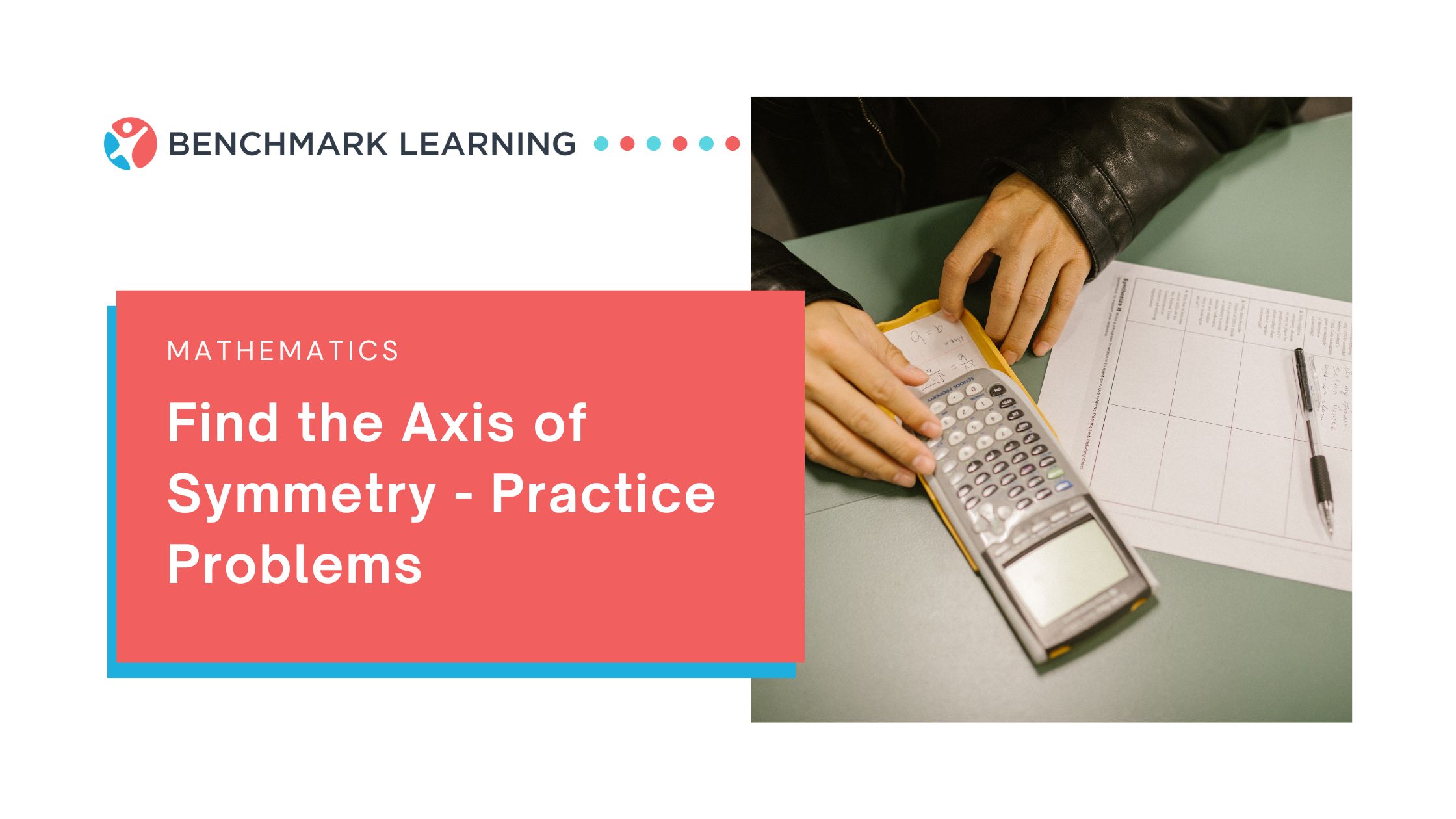


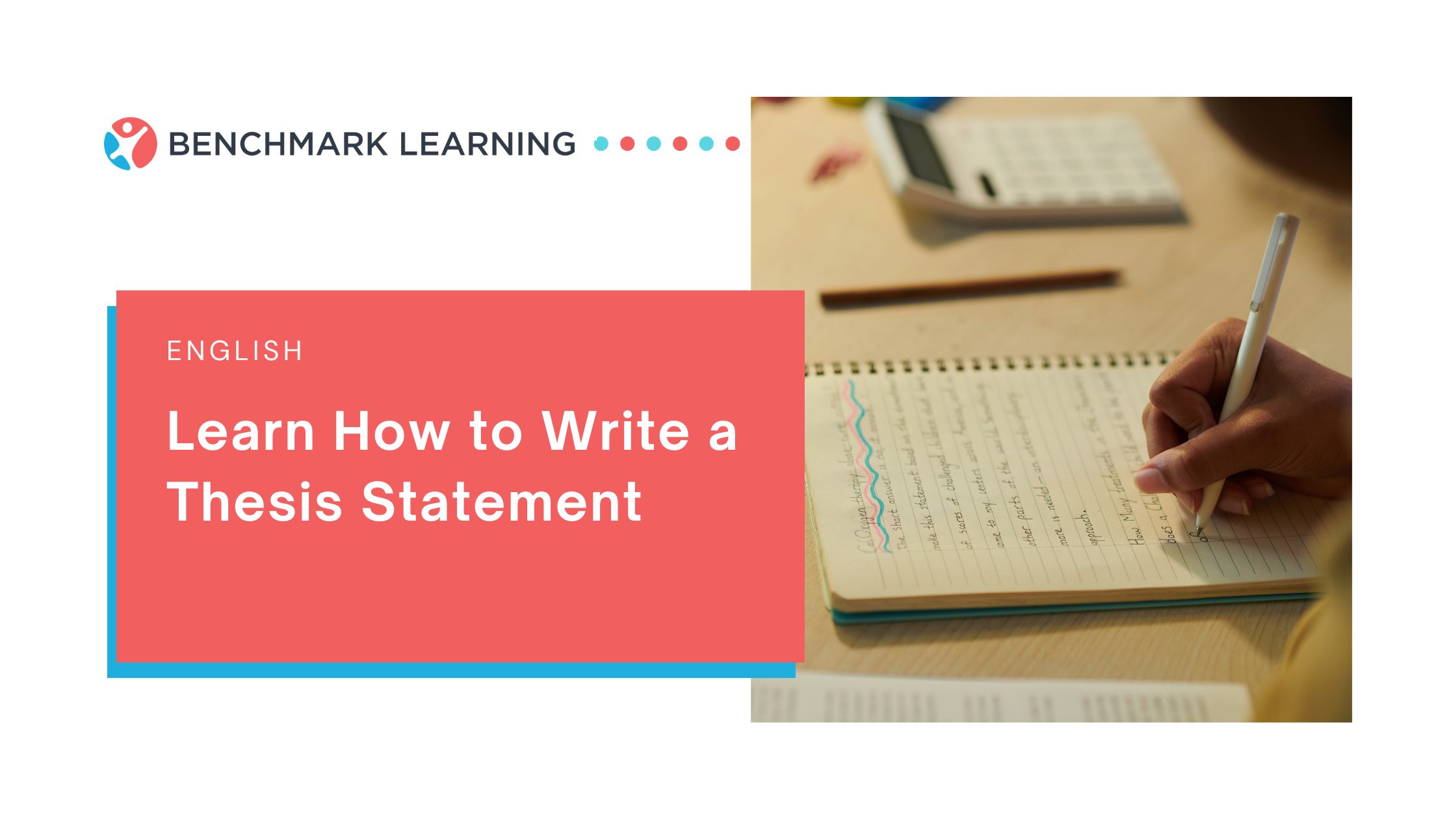

.png)
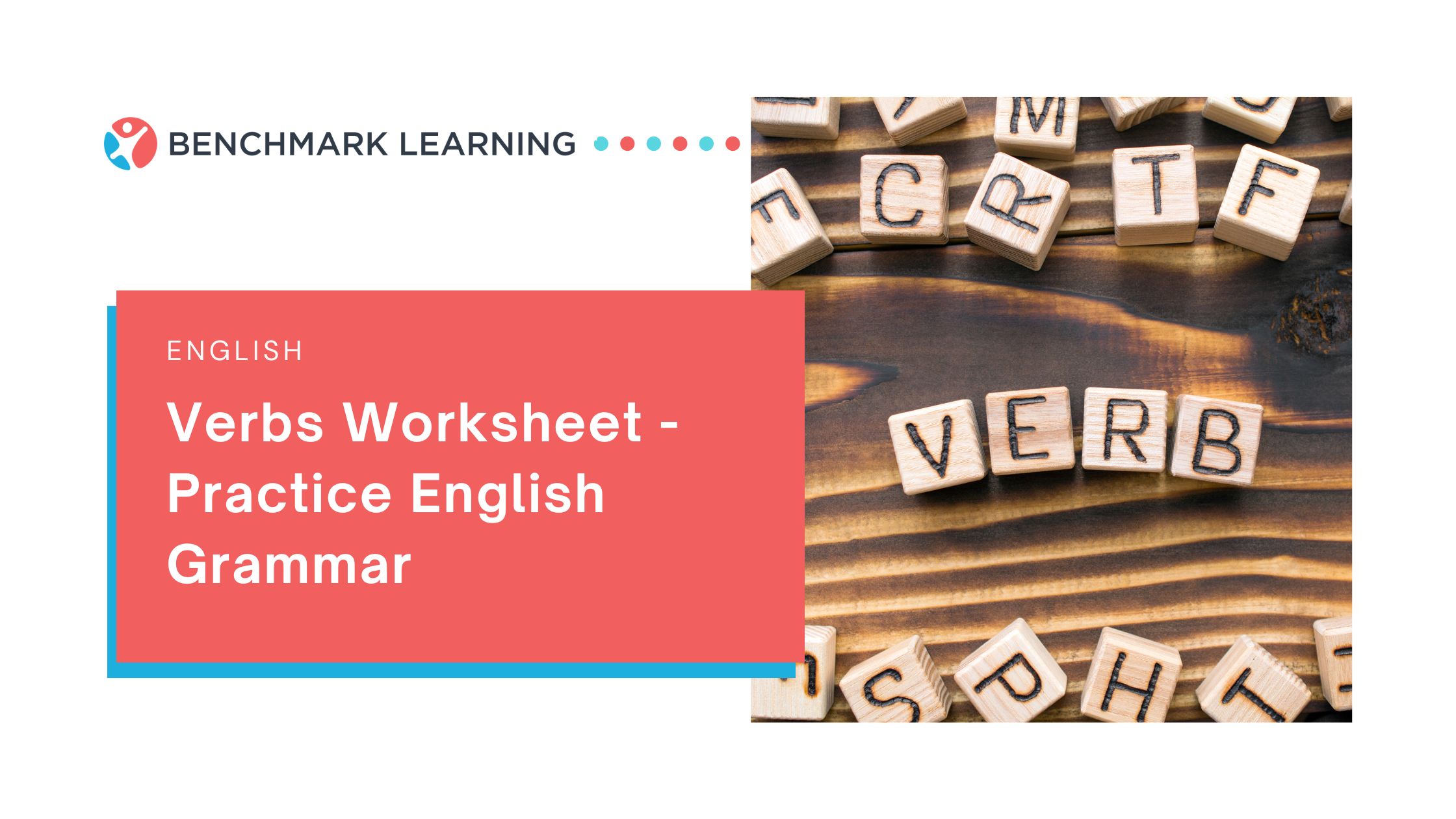

%20-%20Thumbnail.png)
.png)
